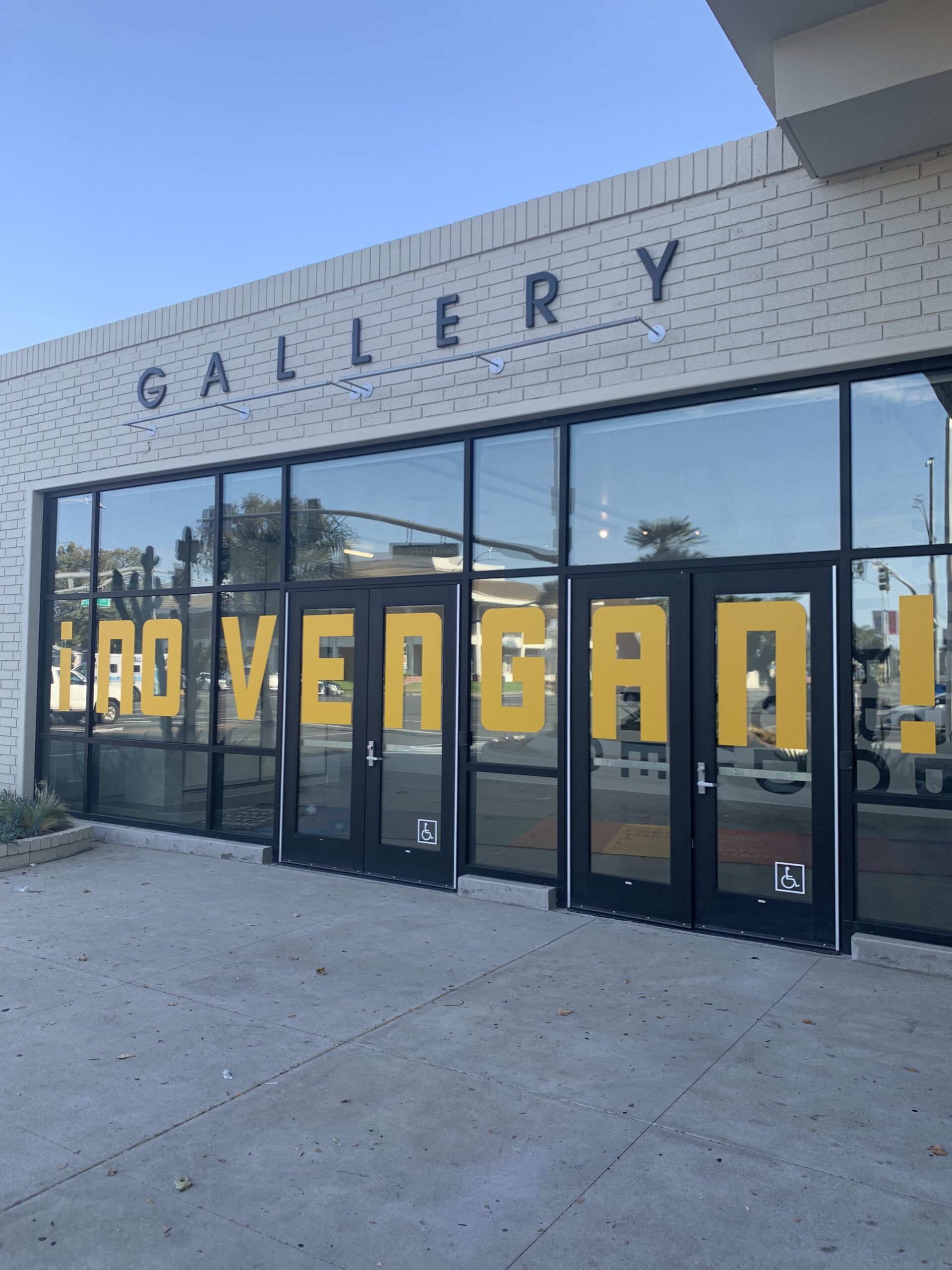
14 Jul OC Curator Spotlight: Maurizzio Hector Pineda & S/A Exhibitions
I recently had the opportunity to visit another exciting new space in Orange County, S/A Exhibitions. S/A Exhibitions is a nonprofit space headed up by curator Maurizzio Hector Pineda. Mr. Pineda background includes receiving his undergraduate degree in Interdisciplinary Studies from the San Francisco Art Institute in 2000. From 2001-2005 he was the owner and director of SWYS Gallery in Long Beach, CA, and has worked at the Santa Monica Museum of Art and for Regen Project in Beverly Hills. His most recent curatorial post was at the Torrance Art Museum. During his tenure at the museum, he co-curated The Gilldless Age, 2016, and developed the 2017 SUR: Biennial with a focus on Cuban contemporary art for the TAM. This project was part of the Getty PST: LA/LA initiative. I had the opportunity to sit down with him, during the opening for Sergio De La Torre’s new exhibit !No Vengan! (interview coming) and have a conversation about the space and his plans for future exhibitions.
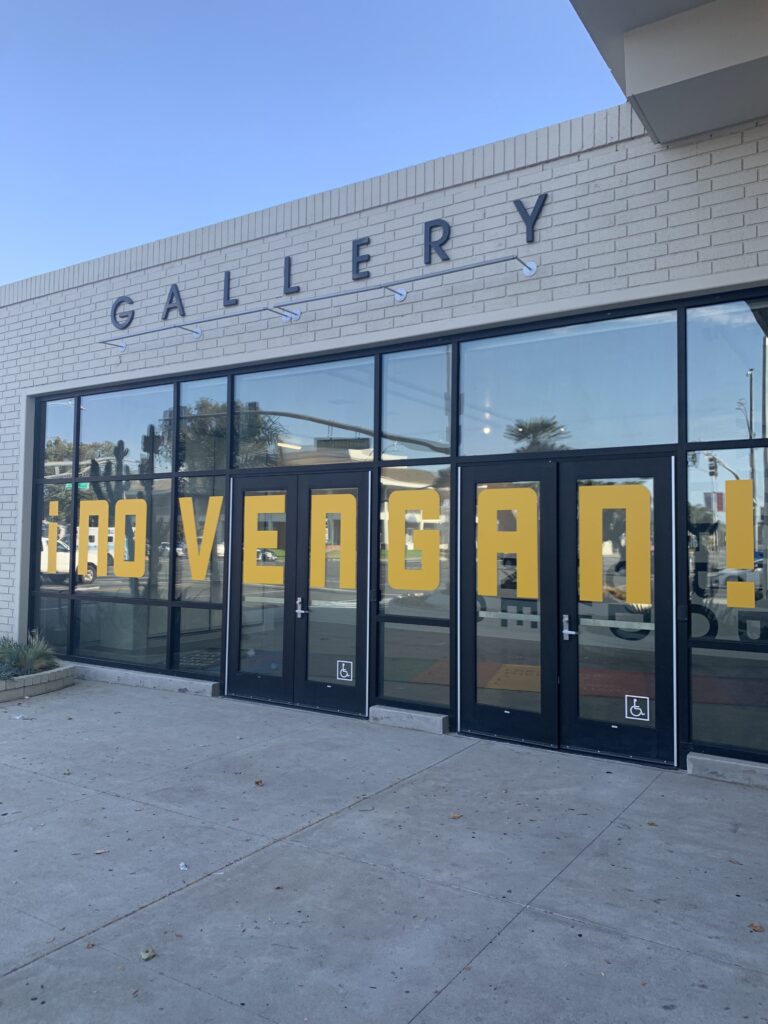
Chris: So Maurizzio, how did S/A Exhibitions get started? What’s your background? How did this come together? I know it’s a lot, but..
Maurizzio: Okay. So my background, I’ve been curating for over 25 years. And I am from Santa Ana, and I lived in San Francisco for half my life, for 25 years. And I was very lucky that I had a really nice conversation with someone at Grand Central. And that conversation led to an email that said, “We need someone to be the director and lead curator of this space that has a grant that is attached to it and you can either set it up as an LLC, or a nonprofit.” Which I chose the nonprofit. So I partnered with ArtsOC, with Ric Stein. I felt that was the best route to keep this going. So there’s no need to think of the market because we’re in Orange County, Santa Ana. And I’ve been in the game, well, I’ve been in the art world long enough to see that that was the best route to go. And well, when I saw the space, I realized that it was a site for exhibitions, so installations. The space told me what it was, and it’s hard to make something not be what it is.
Chris: How long have you been doing shows now? When did you start?
Maurizzio: We started in November of last year, with Christian Spruell, which were paintings. And then the next show, that was only two months. And then we started the year with Nao Bustamante, which unfortunately, no one really got to see it because of where we are and what was going on. And then Ricardo Rivera, which people did get to see that show. We had 113 people see that show. They’re not bad numbers. I mean, they’re not the best, but they’re not bad.
Chris: No, it’s good. Yeah.
Maurizzio: And now we have Sergio, and then next is Guillermo Galindo. And I’m lucky enough that when I was offered this position that I already… Before the pandemic, I had shows that I was working on as a independent curator and all these files just lined up and it just ended up being that they were all star and global artists.
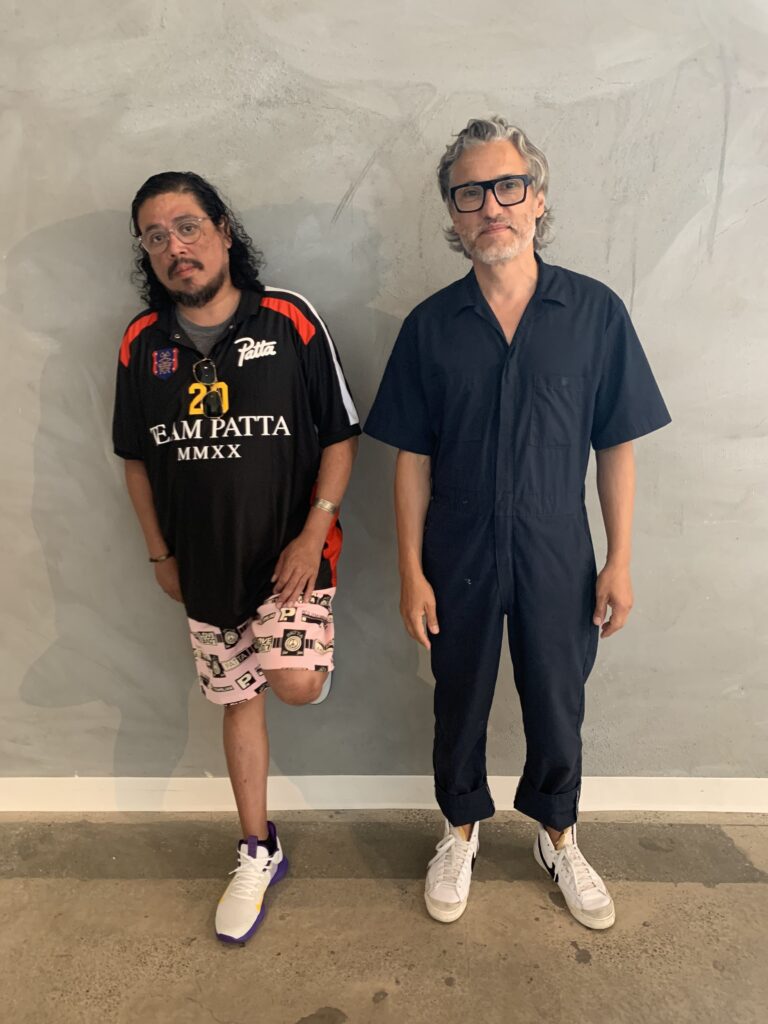
Chris: Yeah. So what was the experience for you, opening a space in the middle of a pandemic? I can’t imagine.
Maurizzio: Survivor’s guilt.
Chris: Okay. Say more.
Maurizzio: It just felt well weird when we were installing Nao’s show, they were storming the Capitol, but I’m hanging out with artists. And then going home and listening to how many more people are dying and then just doing that, it just felt weird. Well, it was strange, is not that it felt weird, it was just strange because here I’m still existing in this art bubble that I’m used to.
Chris: Well, maybe I’m curious then, did it have you thinking about art’s importance even in the face of difficult stuff?
Maurizzio: Yeah. Yeah. Who cares about this stuff?
Chris: But did you discover that people do care about this stuff?
Maurizzio: I did. And you just have to pull up your bootstraps and go through it.
Chris: Yeah. Well, especially like this show Sergio, right? I mean, there’s a lot to this show, for example there’s the politics of immigration and sanctuary, it’s all there. Right?
Maurizzio: Yes. Some would call it social sculpture. Some would say it’s political. What he told me, and why his name’s not on the walls, is that when you see that poster, that historical poster of, I am a Man, it’s not about who designed that poster, it’s about the voice of the people who were saying that. So that’s why I think it’s social sculpture, but it is important. And for the city of Santa Ana to see that sign, No Venga!, don’t come. Well, I think it’s really important.
Chris: And on a busy intersection.
Maurizzio: A corridor of people. And the thing with this corridor is everybody that drives down this corridor, they live in these neighborhoods. So it’s not like they’re visiting Hollywood or Sunset Boulevard, or just driving down Newport Beach for a little bit or Newport Boulevard. These are the people who they’ll see it every day for three months. And then eventually that’s going to start getting in their conscious of like, “What is that?”
Chris: Yeah. I bet you have a lot of faces pressed up against the window when they come. Some curiosity showing up.
Maurizzio: Actually, which is interesting, what I do get is a lot of people, not a lot, but at least within a month or two or a week, or so always like 10 people who come by and they still think this is the INS building because that’s the-
Chris: History?
Maurizzio: Yeah. That’s where they used to get their fingerprints. And for the most part, they’re elder, but they believe… They Google and then they’ll knock on the window. And I open the window and they’re like, “Is this the INS? I need to get my fingerprints… I need to do this or that…” And I’m just like, “No, it’s not.” And they’re going through their struggle or whatever anxiety they’re going through because they have to fill out this document that they don’t see the exhibition, they don’t see the installation. So this is why this one’s important because it says, “No Venga!,” and it talks about that. And I feel like that’s why Sergio’s piece is important.
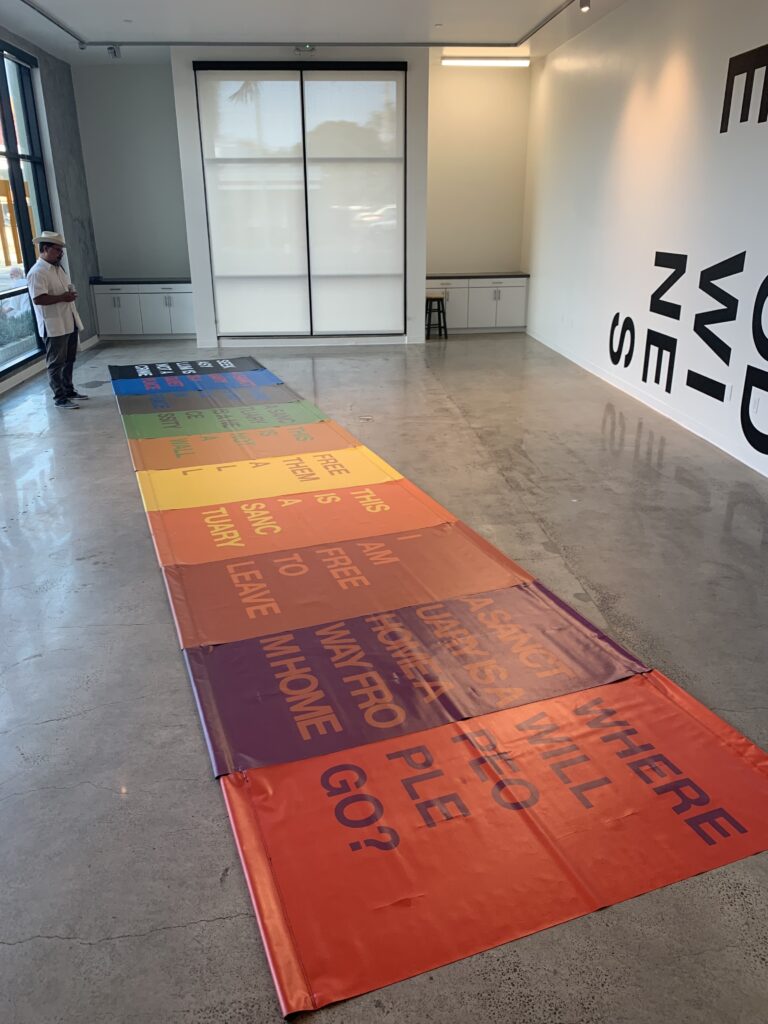
Chris: I guess my next question is, how would you describe S/A Exhibitions programming? You’ve spent a lot of time in San Francisco, and Sergio’s based in San Francisco. What is the local, regional, national, international mix of artists you’re going to show? Have you thought about that?
Maurizzio: So next year there is Michael Arcega, who’s Filipino. Albert Lopez, Jr., the third. He’s based out of Southern California. I also am working with someone from Thailand. And someone was like, “Whoa, you’re doing a lot of east Asian next year.” And I’m like, “It just happens..” I had a beautiful conversation with someone last week, there was a tour that came by and this young woman, a high school student, she called me out. She’s like, “Most of the people you’re showing are males.” And I said, “Thank you.” And she’s like, “Why?” I’m like, “It’s not by design.” I don’t look at exhibitions by gender or race. I even had a Anglo woman. She’s like, “Are you ever going to show white people?” Sitting at my desk and I said, “that’s not how I curate.” I’m not race checking or checking your passport or your DNA. It’s the show. The space is the one that tells me. The programming should communicate with the public, not just in Santa Ana, Orange County and Southern California.
Chris: What are your hopes or long-term plans for the space?
Maurizzio: To have programming that involves the youth and young artists. And I’d say also intergenerational artists. Because a lot of times art institutions, they know that the money is with the youth. But I think that it’s also interesting to do work with the elders.
Chris: And have communication intergenerationally?
Maurizzio: Exactly. And I had that happen recently because a few weeks ago I had a couple show up and they knocked on the door and when they saw Ricardo’s show, and Ricardo’s show it was super conceptual. And I thought, “There’s no way they’re going to get what this is.” And I told them to spend time with the show. And they came back and they said, “Yeah, we grew up in Mexico in the 1960s. We understand.”
Chris: So as you’re going to get more known, as the space gets more known and more artists find out about you, you’re probably going to be approached and I’m wondering, do you accept artist submissions? Or what kind of projects are you looking for?
Maurizzio: My policy since I started my practice is, I’m always willing to look.
Chris: Have you already started to get approached?
Maurizzio: Yes. Earlier today someone brought three drawings and I said thank you for sharing because that’s just my policy because I know how hard it is to be an artist, to not be seen or heard or looked at. So I keep that with me. But I also want them to, “Read the room.” See what’s happening here. I will look at your work-
Chris: But read the room.
Maurizzio: …but read the room.
Chris: Okay. In closing, is there anything you would like to say about the space or what future exhibitions we should look out for?
Maurizzio: All of them.
Chris: Okay. And so how do people find you? I mean, how do they find-
Maurizzio: The website.
Chris: It’s just you, right?
Maurizzio: Yeah. It’s just me. I do all of it.
Chris: Well, I have to say, I’m really excited about what you’re doing here and the programming and where you’re heading. I looked at some of the shows that you have coming in the future and it looks like really exciting programming. So thanks for bringing that to Orange County.



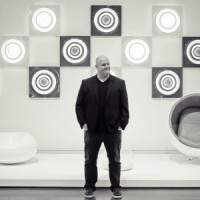
Sorry, the comment form is closed at this time.